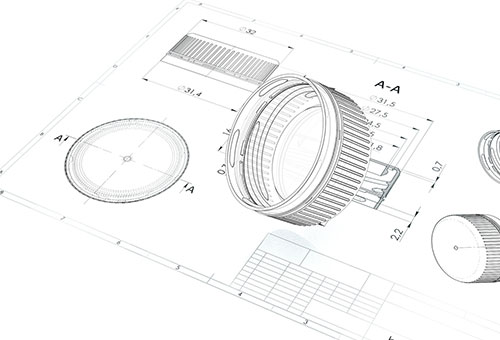Spring registration is now open. Online and in-person classes are available. Sign up for classes today!CLASSES
Take a class at Fox Valley Tech for fun, personal enrichment or career development. Find classes in any location during any time of the day. We have hundreds of classes to fit your budget, schedule and learning style.
CATEGORIES
Sorry, no results were found. Please check back later.
Covers the application of statistical methods used to make decisions based on data. Examples include measurement system analysis, control charts, and capability analysis.
Focuses on the interpretation of machine drawings. Students study isometric and orthographic views on drawing and develop simple working drawings. Topics include dimensions, internal and external threads, holes, bores, fillets, radii, surfaces, planes, metric and geometric dimensioning and tolerancing.
Provides students with an understanding of common construction methods, hazards, and preventive measures. Will provide a detailed understanding of the OSHA Construction Standards, including Excavations, Fall Protection, Scaffolds, Steel Erection, Demolition, and Cranes and Derricks, as well as common components of successful construction safety programs.
Examines data manual usage. This course introduces programmable logic devices and Karnaugh mapping. It also covers encoders, decoders, multiplexers, binary adders and parity circuits. Laboratory activities are performed to verify the theory.
Covers basic electrical theory and terminology related to components commonly found in manufacturing systems. Students will understand the power requirements of equipment and the use of a multimeter and oscilloscope for basic troubleshooting of circuits.
Incorporates having the student work a typical 40-hour work week as support in an engineering office at a local employer. The position will provide support in engineering-related areas of study. The student will be evaluated by the employer who will provide the final grade.
Provides the student with an understanding of human engineering. The course will cover the methods to control repetitive motion injuries, office design, and the concept of ease and efficiency for industrial workers. Workstation design in the office and assembly line operations are a part of the class.
Demonstrates welding on steel sheet metals and plates. Emphasis is placed on axial spray, pulse spray and short circuit mode of transfer. Upon completion of this course, the student will be able to weld in all positions, read basic weld symbols, and have an understanding of written welding procedures.
Students will learn engineering print reading, the use of 2D and 3D CAD software, and the use of spreadsheet software to organize, analyze, and display data. Additional topics include product data management and enterprise resource planning systems.
A study and operation of primarily gas tungsten arc welding on some mild steel, with the majority of work on stainless steel and aluminum. The student will learn about the different types of electrodes and shielding gases used in these processes. Students will be able to weld in all positions, read some basic weld symbols, and have a basic understanding of written welding procedures.











